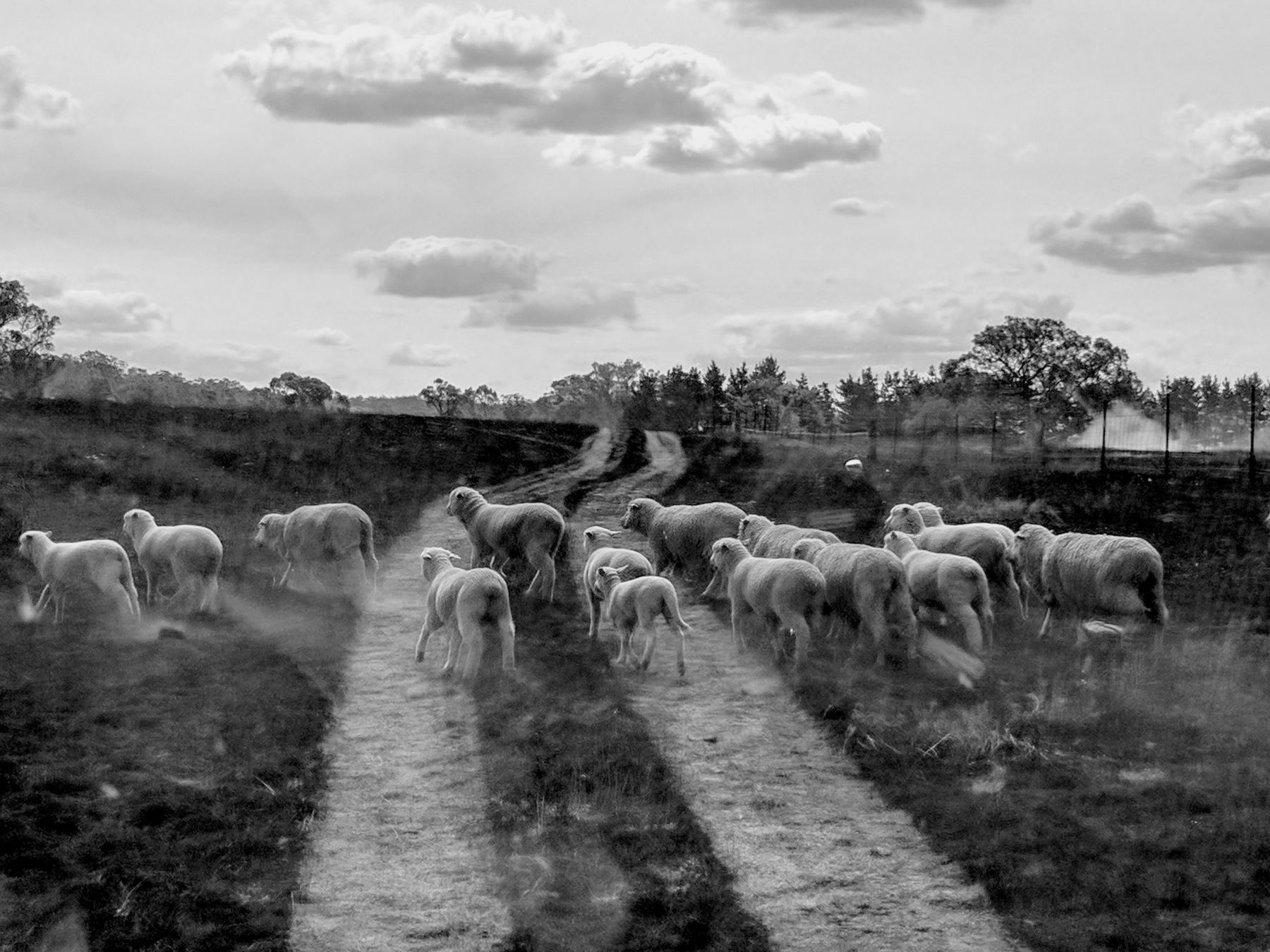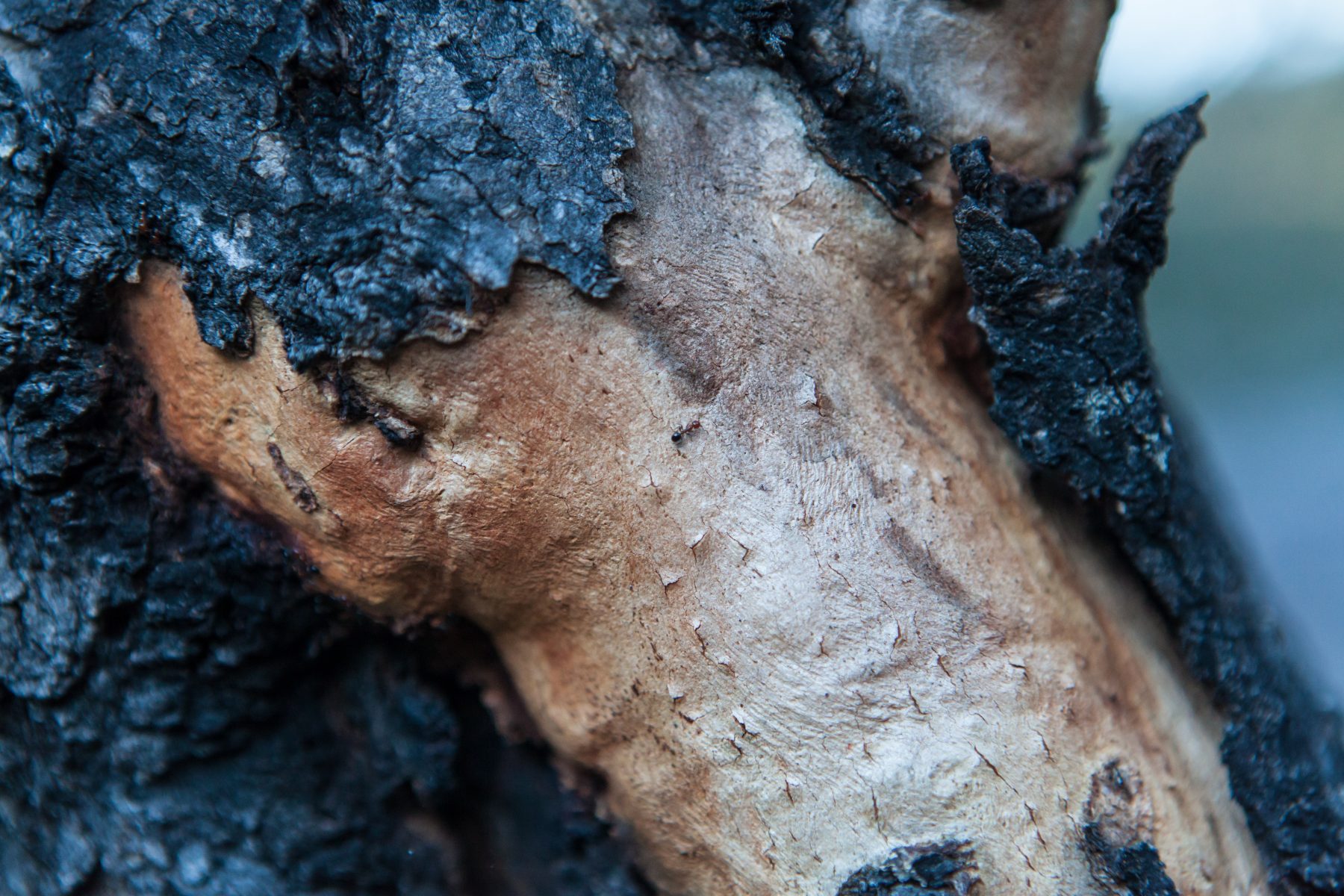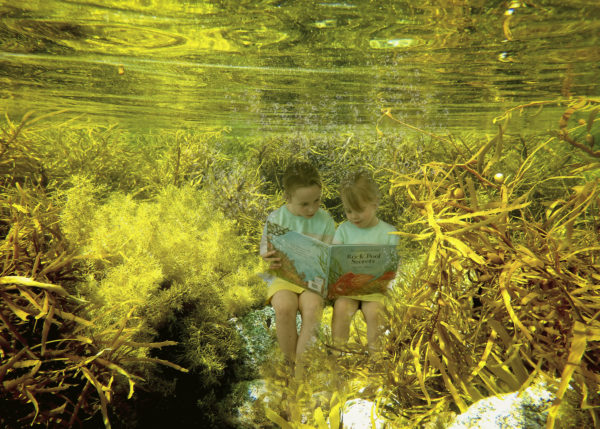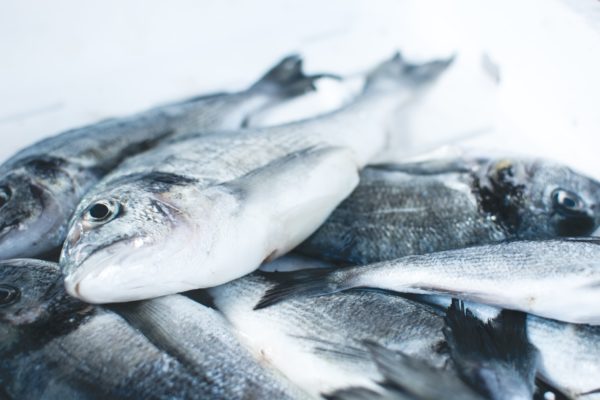Australia recently experienced unprecedented bushfires, affecting people’s health in many of its major cities and destroying homes and lives.
Worse still, the bushfire season began early in spring, and lasted longer than usual, prolonging the risk for all Australians.
And after that assault on the environment, now we are experiencing social and economic upheaval as a result of the coronavirus pandemic.
Some of the knock-on effects proved to be similarly catastrophic – fish kills as rivers are clogged with bushfire ash, being choked by bushfire smoke, and further downturns in the Australian economy.
And then there are the widespread effects of the bushfire on the environment not only in Australia, but worldwide.
The risks of fire in Australia are borne disproportionately by rural populations, and they suffer the worst effects from fires.
However, this disastrous fire season is not the only burden on rural and regional communities.

While heavy rain provided some relief from the fires after years of drought in Eastern Australia, the extreme weather also included flooding, hail and dust storms, and resulting economic costs to farms, properties, and local businesses.
To compound these difficulties after the bushfires, thousands of Australians in cities and rural communities are now unemployed as a result of COVID-19.
Particularly for those regions which rely on tourism for their local economy, the bushfires diminished local travel, and now COVID-19 has forcibly shut down the entire sector.
One way of reducing the risk and impact of bushfires and improving our ability to adapt to them in future years would be to unconditionally implement the Sustainable Development Goals (SDGs), which are a vision for progressive, balanced sustainable development.
The SDGs contain within them many targets that are designed to reverse the effects of climate change, protect the environment, increase capacity against disasters, and support the population to recover and be resilient against future catastrophe.
They can also help to manage water use in water-limited catchments, restore ecosystems and biodiversity, and enhance agricultural productivity and economic returns.
The federal government has agreed to implement the SDGs (along with all other UN member states), but our progress so far has been underwhelming. We believe that Australia’s bushfire, biodiversity and climate crises are due to policy failures of successive federal governments and the absence of strong and decisive actions.
Had our implementation of the SDGs been more advanced, then we would have been in a better position to address the economic and social pressures being brought to bear in the wake of the COVID-19 pandemic.
Committing to fully achieve the SDGs will assist with Australia’s recovery and resilience.

But the full achievement of the SDGs requires implementation across both national and local scales.
In a recent article in The Lancet Planetary Health, we proposed a complementary way to implement the sustainability goals and support federal measures – a Local SDGs Framework for regional communities to implement the goals at a community-driven level, providing a way to achieve grassroots sustainability action.
One of our case studies is a small township in the south-west of Victoria called Forrest on the border of the Great Otway National Park.
The town is vulnerable to bushfires, although they have avoided direct impact so far, and their economy is largely tourism based. Some of their greatest concerns are, therefore, around bushfires, climate change and tourism related impacts.
We are working with the members of the Forrest community and the Regional Community Engagement Team of the Department of Environment, Land, Water and Planning to create a bespoke sustainability-focused strategic plan based around the SDGs.
The community is already looking at initiatives like a renewable energy microgrid, a new bushfire-adapted community centre and place of last resort, and advancing regenerative agriculture practices.
There are other direct solutions, like strengthening their capacity to deal with bushfires (e.g. another CFA truck) and management of local forests and ecosystems-based borrowing from Indigenous land management practices.

Through this collaborative approach, we are also helping the community explore their ideas for indirect solutions that support and protect the population, like improvements to housing that would make them more resilient to fire, and reducing income inequality, so that people are not prevented from evacuating in the event of fire because of cost.
These are social and economic solutions which would also support the community in times of global uncertainty, such as those we are currently facing with COVID-19.
Climate change is a global problem, but grassroots initiatives like our Local SDGs Framework, facilitated by regional agencies, can provide ways to address these problems at a local level while enabling better connections between the community and Government.
Building community through the SDGs will also increase resilience to other disasters.
The greater number of regional communities that come on board, the greater the overall effect will be.
It is also a positive way to take personal action when you feel like those in power are not stepping up to meet the challenge.
We believe that by rapidly scaling up these inter-agency facilitated types of community-led initiatives, we can meet the ambitious sustainability targets of the SDGs and become more resilient to disasters such as bushfires in the future.
Written by:
Katrina Szeteya, Reihaneh Bandaria, Enayat A. Moallemia, Nick Taylora, Brett A. Bryana, Shirin Malekpourb, Rob Ravenb, Dianty Ningrumb, Michalis Hadjikakoua, Martin C. Butcherc
a Centre for Integrative Ecology, School of Life and Environmental Sciences, Deakin University, Melbourne, Australia
b Monash Sustainable Development Institute, Monash University, Melbourne, Australia
c Community Engagement, Barwon South West Forest, Fire and Regions, Department of Environment, Land, Water and Planning



